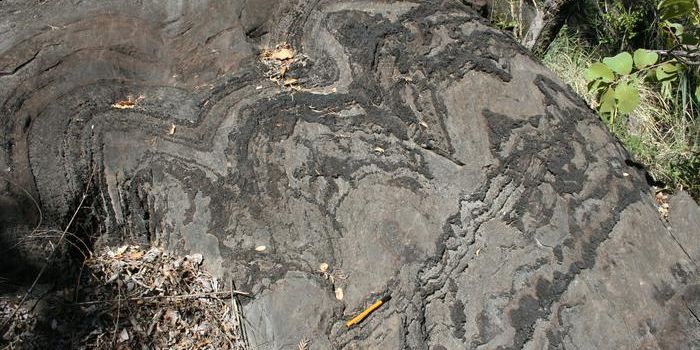Creating Strong, Lightweight Carbon Fibers from Petroleum Waste
Researchers from the Massachusetts Institute of Technology have discovered a way to turn a petroleum byproduct into carbon fibers.
Carbon fiber is a strong, lightweight polymer five times stronger than steel and two times as stiff. On top of that, it is light, tolerant to high temperatures and chemicals, and has a low thermal expansion, making it the material of choice for many engineers.
Traditionally, carbon fibers are made from already processed petroleum, which can be costly and complicated. A team led by Jeffery Grossman, professor and department head of material science and engineering, and Nicola Ferralis, a research scientist at MIT, worked in collaboration with researchers at Oak Ridge National Laboratory and Western Reserve University decided to try using pitch as the starting material instead. The research was published in Science Advances on March 18, 2022.
The goal of efficiently creating carbon fibers began as a request from the Department of Energy which was looking to make more lightweight cars. Larger cars need larger engines and stronger breaks, while lighter cars are more efficient and use less fuel. The DOE wanted to develop materials that matched the safety of conventional steel panels but were cheaper and could potentially replace steel in vehicles.
Pitch is a “fascinating material to start with,” Ferralis says. It’s made up of a mix of heavy hydrocarbons, giving researchers a lot of chemical reactions to work with. It’s also taking up a lot of space in landfills, so recycling it is essentially killing two birds with one stone.
Researchers began by modeling the ways that bonds formed between the molecules within the pitch, and from there were able to model the processing conditions that would affect certain properties of carbon fibers. Researchers at Oak Ridge National Laboratory were adept at creating carbon fibers and were able to reproduce the results of the models with “startling accuracy,” graduate student and author Asmita Jana said.
They were able to synthesize carbon fibers that were strong in tension and compression, which opened the possibility for new applications of these fibers that scientists possibly haven’t considered before.
The study's most notable accomplishment, the authors say, was its ability to predict the structure of carbon fibers from specific processing conditions, and subsequently, create those fibers. Since their methods use forms of carbons not unique to carbon fibers, researchers say that their framework can also be applied to other systems like films and coatings.
Sources: MIT, Science Advances








